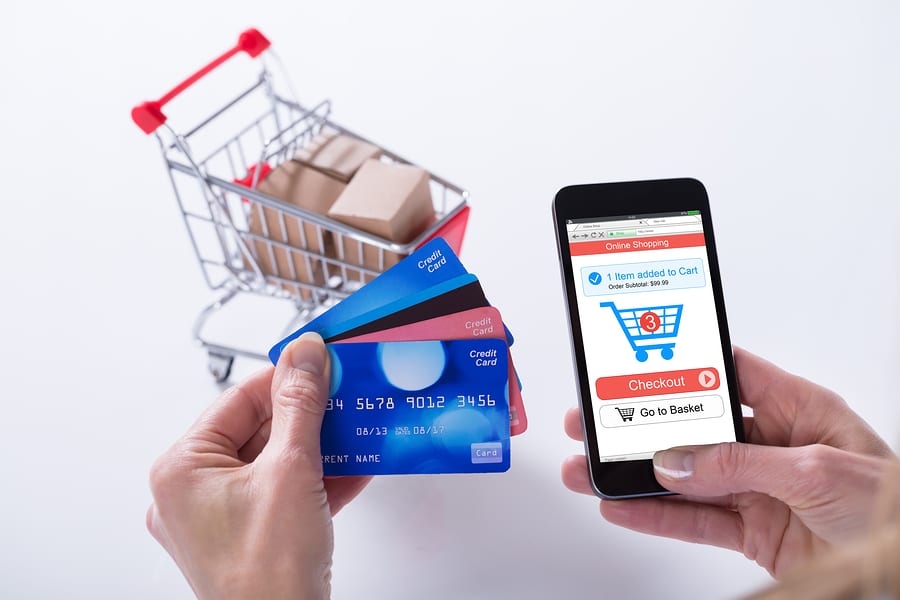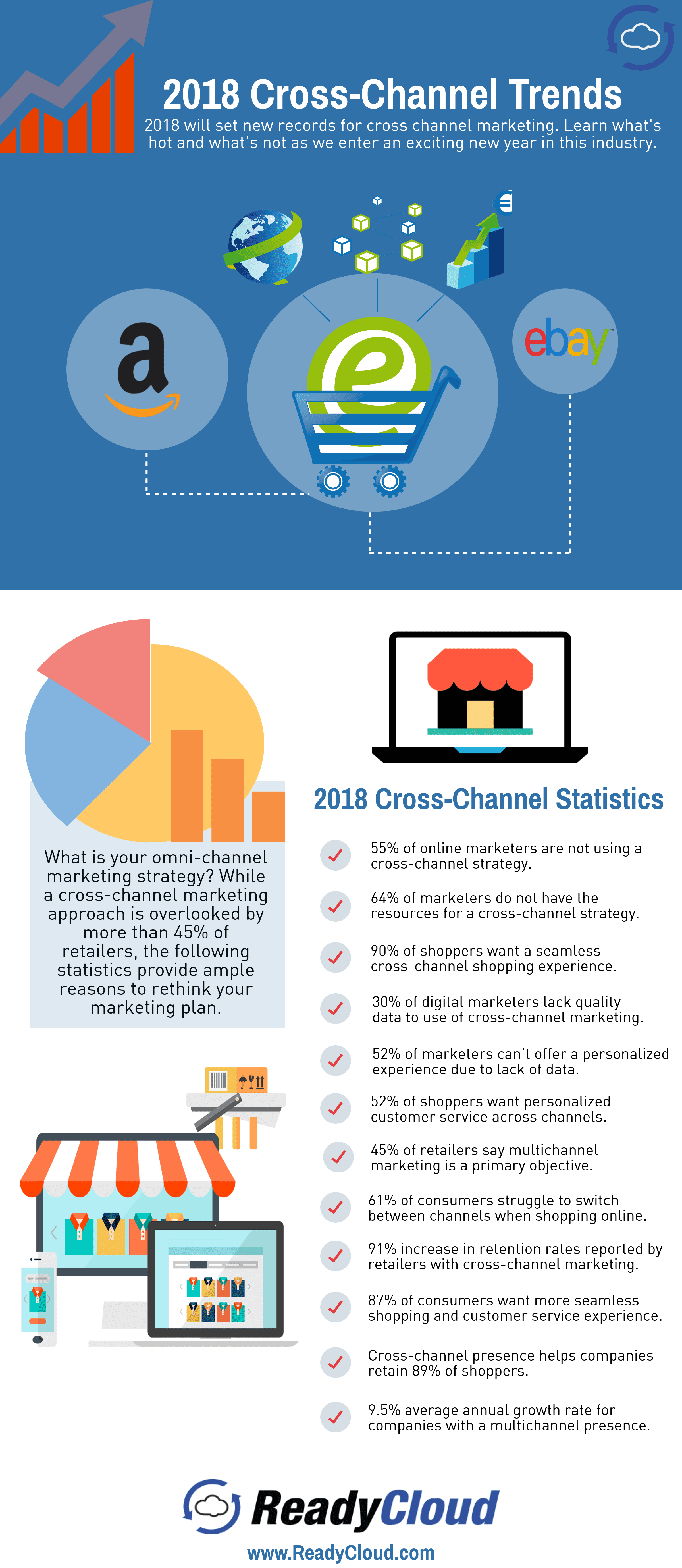All Retailers Should Study These Mobile Commerce Facts for 2018

Right now, ecommerce impacts about 56% of in-store purchases, and about 10% of all U.S. retail sales take place online.
As if that weren’t enough, that number is growing by about 15% annually!
While people used to make their purchases in brick-and-mortar stores, modern commerce is a much different experience. Today, people rely primarily on their phones to find and buy new products. Mobile commerce is a series of complex relationships that result in items flying off shelves and consumers getting precisely what they need. Thanks to the ease and simplicity of mobile ecommerce, the industry is booming.
As it stands now, 1.2 billion people access the internet from a smartphone each day, and that represents a massive opportunity for ecommerce.
If you’ve ever wondered about the importance of mobile commerce, here are some mobile commerce facts that you need to know.
Read on.
Hot Facts About Mobile Commerce in 2018
Whether you’re new to mobile commerce or looking to strengthen your current efforts, here are nine mobile commerce facts to know:
125 Million U.S. Consumers Own Smartphones
Considering that 60% of product research starts on mobile phones, this represents a massive number of people turning to their smartphones to find products and learn more about brands.
Additionally, 50 million U.S. consumers own tablets, and a whopping 62% of smartphone users have made a purchase on their mobile phones within the last six months.
40% of ’17 Black Friday Revenue Came From Mobile
This illustrates exactly how important it is to optimize for mobile marketing around the holidays and ensure your marketing is tailored to the needs of mobile customers.
Because mobile shopping offers a simple and streamlined way to get the products they need, customers love it and want to be able to do it more frequently. During the same year, December 25th was the peak day for mobile shopping, accounting for 68% of all traffic.
80% of Shoppers Use Mobile Phones In-Store
When they pick up their devices, they’re looking up product reviews, comparing prices, and finding alternative store locations. They may also be looking for online coupons, which is something more than 25 million Americans do each month to save money.
This means two things for mobile ecommerce. One is that your online store must be optimized to provide this information quickly and effectively. For example, if a customer is searching for a better price and uses the web to find one at your store, you have a great chance of making a sale.
If you run a brick-and-mortar location, this should also be obvious in your SEO and mobile commerce efforts. By pointing customers to your location, you can snag those who are looking for a better option and keep them coming back for more.
53% of Customers Want Personalized Shopping
Personalized shopping experiences are fulfilling and exciting for customers. When you offer on-point personalization, customer retention becomes a more attainable goal. This is especially important when it comes to mobile ecommerce.
By offering things like prepopulated form fields and AI-assisted product suggestions, online retailers can improve the experience of their mobile customers and make life more streamlined for on-the-go shoppers.
People Spend 5 Hours/Day Using Mobile Apps
Right now, the Apple App Store has about 2.2 million apps while Google Play has around 3.3 million. Because people spend most of their time in mobile apps (an average of five hours per day), store owners in the world of ecommerce will do well to increase customer retention by offering mobile apps with intelligent user interfaces and functionality.
80% of Shoppers Prefer Mobile to Desktop
This includes everything like product searches, price comparisons, and locating stores. This also throws into contrast why it’s so important for companies to take advantage of mobile SEO and ensure they’re doing everything possible to provide a positive experience for mobile users.
One-Click Payments are Becoming Essential
In 1997, Amazon was granted a patent for One-Click payments.
That patent has since been hugely successful in making Amazon one of the best e-commerce mobile apps in history.
The patent, however, expired in 2017, which opened the field for ecommerce retailers to offer single-click payment options to their customers. Since then, Google and Apple have both come up with single-click payment methods to streamline mobile commerce. There’s another benefit to this move, though, and it has also worked to boost impulse buying, especially in mobile devices.
As such, ecommerce leaders who adopt this trend will gain the most from the mobile commerce industry and stand to make the most sales.
80% of Consumers Use Multiple Devices to Shop
These customers start a transaction on one device and use another to complete it.
The MVPs of ecommerce, these individuals shop more often and will spend about three times more than regular consumers. With this in mind, tailor your shopping experience to these consumers to ensure they have what they need from your brand.
30% of E-Commerce Sales Will Come From Mobile
This represents a marked increase over recent years and is an excellent example of how quickly mobile ecommerce is growing. If you’re not capitalizing on mobile ecommerce now, you’re going to run out of time to do it!
M-Commerce is Set to Take Off in 2018
Mobile commerce is the way of the future and the present. While brick-and-mortar stores still serve an important purpose in the world of sales and commerce, ecommerce (and mobile commerce, specifically), has become a popular method for finding unique products and saving time. Streamlined, simple, and often less expensive, mobile commerce is the VIP of shopping today, and that trend shows no signs of slowing in the years to come.
Need Even More Statistics?
We’ve got you covered. Take a look at this infographic we’ve created below. It will give you the most pertinent cross-channel shopping statistics for 2018 and beyond.

Share On:







